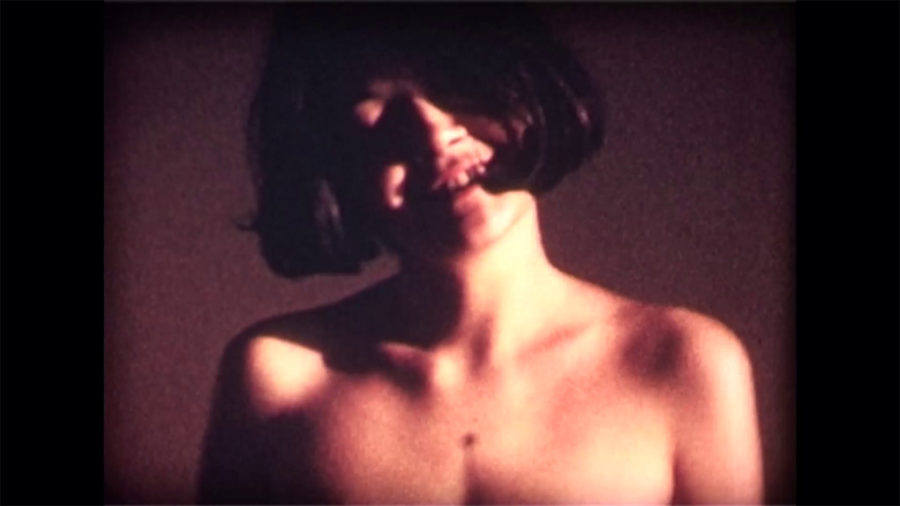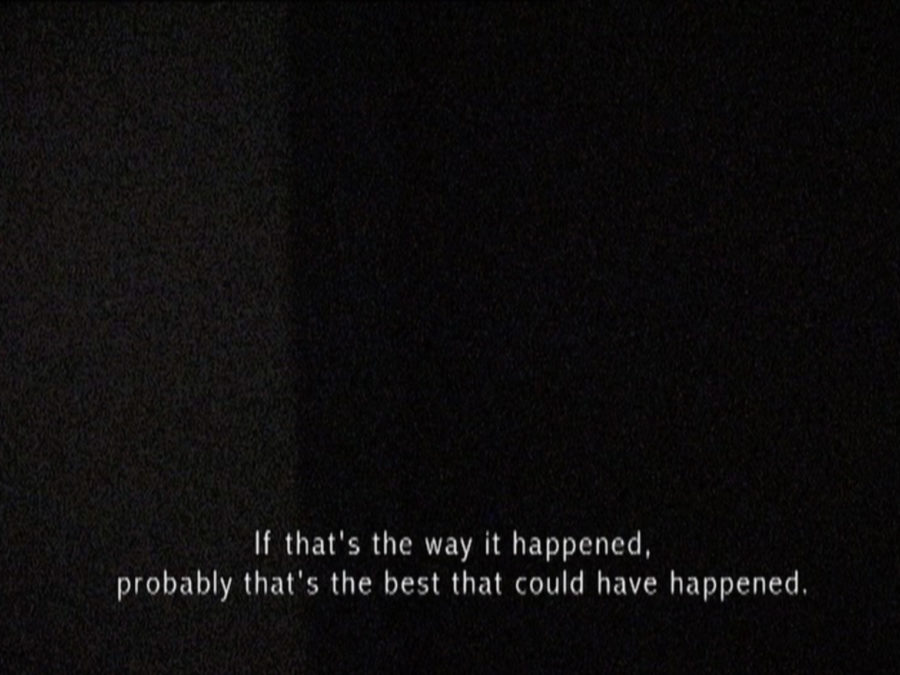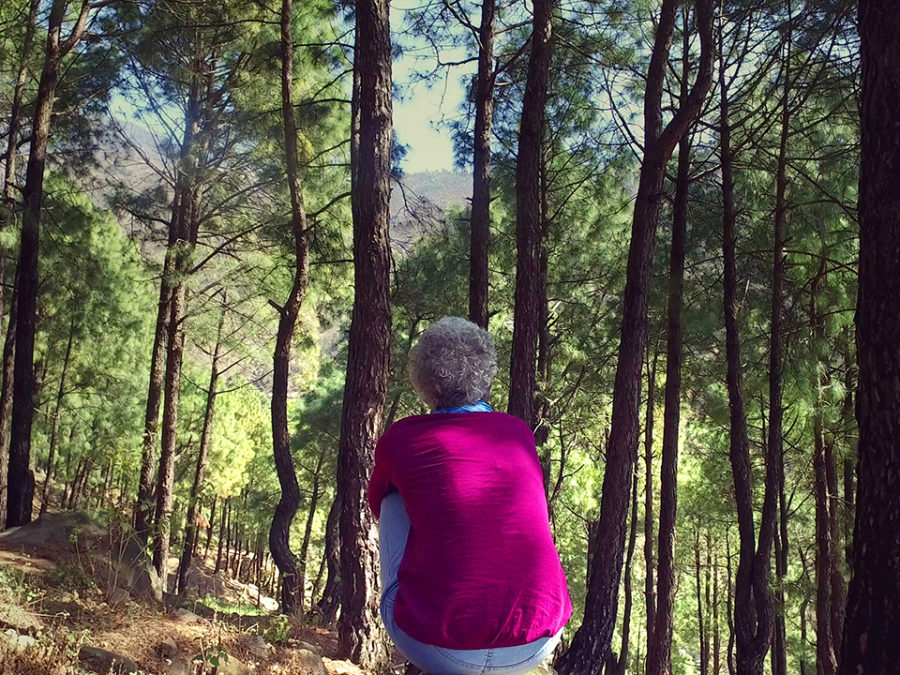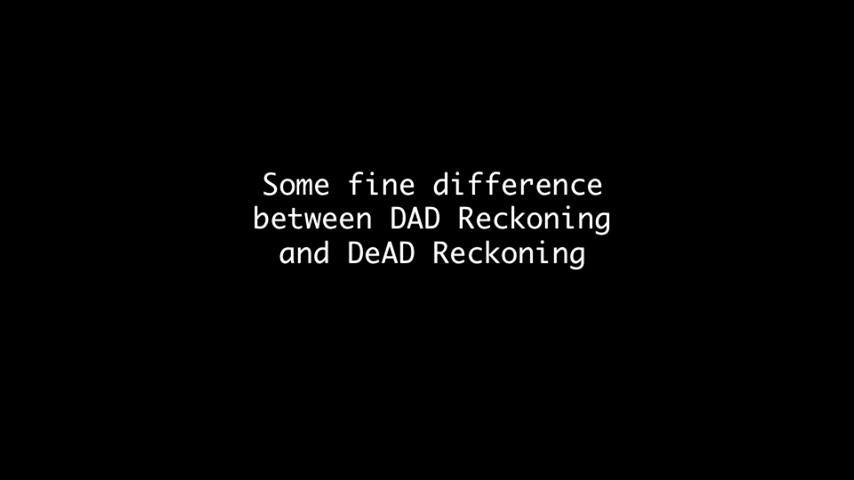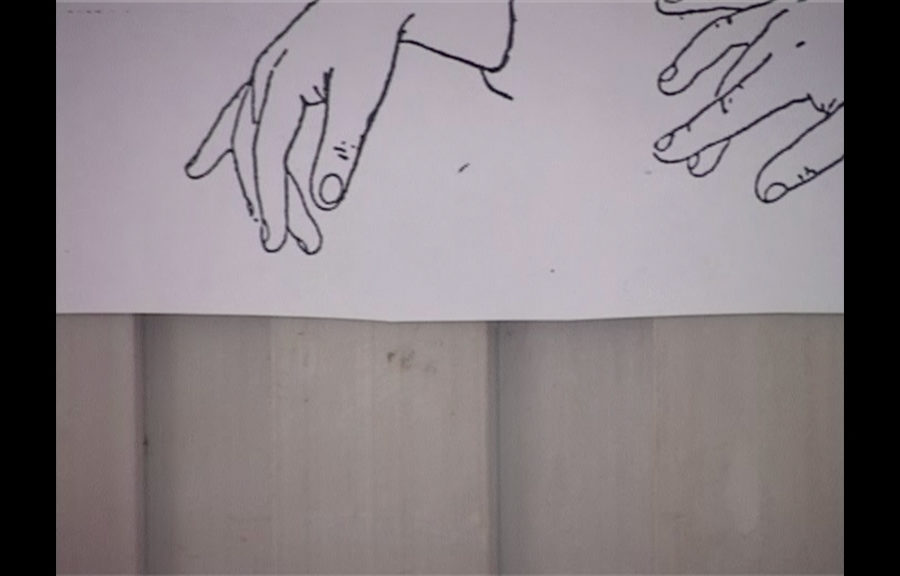The mother of Vukica Đilas, Mitra Mitrović, was a drugarica (a female comrade) – the figure within the partisan resistance whom in the 1940s the fascist press portrayed as “a woman who became a monster.” Mitra Mitrović was a famous communist-feminist, educator-propagandist, and one of the leading figures of the Women’s Anti-Fascist Front of Yugoslavia (AFŽ), an organization established during WWII. In the postwar Yugoslav context, the issue of women’s liberation was considered to be ‘solved.’ Due to universal emancipation, the AFŽ dissolved in an act of self-abolition in 1953, claiming that its ‘historical task’ had been realized and that specific ‘women’s issues’ would be delegated to the state, party, and society as a whole.
Mitra Mitrović and her other female comrades were not ‘monstrous enough’ since they put their partisanship over their feminism.* They gave up their autonomy for a wider revolutionary movement, with the consequence that said autonomy (of the feminist struggle) was revoked by that same movement.
Vukica’s father was Milovan Đilas – the famous revolutionary political prisoner, a commander of the partisan resistance, and a close ally to Tito. He became a high ranking politician in the postwar years, active on the international political scene. After 1948, when Yugoslavia was expelled from Cominform, Đilas became a hard-core anti-Stalinist and harsh critic of the new bureaucratic class. As a writer of the political bestseller The New Class: An Analysis of the Communist System, published in Great Britain in 1957, he also would become the greatest political dissident of socialist Yugoslavia – “a traitor to the party.” His surname resonated as a warning throughout almost the entire life of his daughter.
Although the entire political history of the 20th century left can be narrated through the life stories this exemplary parental couple, Vukica Đilas strips her Home Movies of all personal and political baggage pertaining to her revolutionary family. Yet if one searches for such details, one can observe, for instance, a single framed photograph of Milovan Đilas in the interior of the artist’s home, the apartment of her mother in the dense city center of Belgrade. Mitra Mitrović ‘naturally’ appears more often in the film by simple inhabiting the cinematic frame, but she is just the nameless figure of a mother compatible with recordings of mothers as older women shown neatly and decently dressed, mostly sitting and knitting or looking at the distant horizon.
Vukica Đilas lived in the same apartment with her partner Branko Vučićević, a critic and filmmaker who closely collaborated with the authors of the Black Wave of Yugoslav film, such as Dušan Makavejev, Želimir Žilnik, Bata Čengić, Karpo Godina, Slobodan Šijan, Lazar Stojanović, and Tom Gotovac. Home Movies presents the “scenes from the life of culture shock laborers” – as Vučićević would playfully name the labor of filmmakers whose works are designated as “Black.” These scenes are compiled from their joint screenings of film projections at Belgrade Cinématèque; their visits to the Belgrade film festival FEST; footage from films such as The Role of My Family in World Revolution (1971) by Bata Čengić; as well as the 1971 film by Karpo Godina I Miss Sonja Henie, which authorities in Yugoslavia banned for many years.
Home Movies compiles more than twenty years of passionately recorded “pictures from life” captured on super 8. Vukica Đilas worked on the project almost invisibly and anonymously, since nobody knew about the film before it came out a decade after her premature death from lung cancer in 2001. This cinematic production was a ‘monumental surprise,’ especially within the community of her friends of active filmmakers. The film was brought to the public thanks to efforts on the part of Đilas’ former husband Branko Vučićević and her friend, notable director Slobodan Šijan, who mediated the digital release of the film accompanied by a musical score by the group LP duo. Home Movies is the only film Vukica Đilas ever made: a life-long film, or rather, a film as long as life, edited in camera frame by frame.
A self-portrait of Vukica Đilas – a female nude surrounded by the décor of Warhol’s painting Flowers. In another frame she sits in place of the anonymous model playing chess with Duchamp (Duchamp Playing Chess with a Nude). Her library. A lot of reading. Writing. A lot of nudes and semi-nudes. Reoccurring scenes with Branko Vučićević reading or writing. Friends from their community of filmmakers. Conversations, drinks, cigarettes, more films. TV programs – Tarzan, Tom and Jerry, Snow White, Donald Duck. Scenes at the zoo. Books, shelves, tables, films, walls. A lot of white walls. Several exhibitions. Pictures from openings for experimental art shows, performances, and new media. Vukica Đilas inflates a red balloon. Fragments of the body – the skin, a nipple, moles, and the curve of a breast. Test gambit No 6. Her mother knitting. DADA. The end. The heroine of a late night TV musical restlessly dancing.
Me – the end.
The image of the Ugly Duckling crying.
Melodramatic film scenes of lovers separating. A white, heterosexual couple.
That’s all, folks!
*AFŽ declared itself to be a communist and not an exclusively feminist organization.
Editing: Slobodan Šijan
Music: LP Duo (Sonja Lončar and Andrija Pavlović)
Courtesy: Academic Film Center, Belgrade, 2015
Vukica Đilas (1948-2001) was a journalist, writer, translator, film critic, and artist from Belgrade, Serbia. She studied dramaturgy at the Faculty of Dramatic Arts in Belgrade and belonged to a group of young artists interested in underground and experimental cinema together with Tom Gotovac, Slobodan Šijan, Lazar Stojanović (in whose 1974 film Plastic Jesus she performed). For almost 30 years after 1970, she shot her film diary in a frame-by-frame style, mostly on Kodachrome double 8mm film, using a small Pentaka camera.
